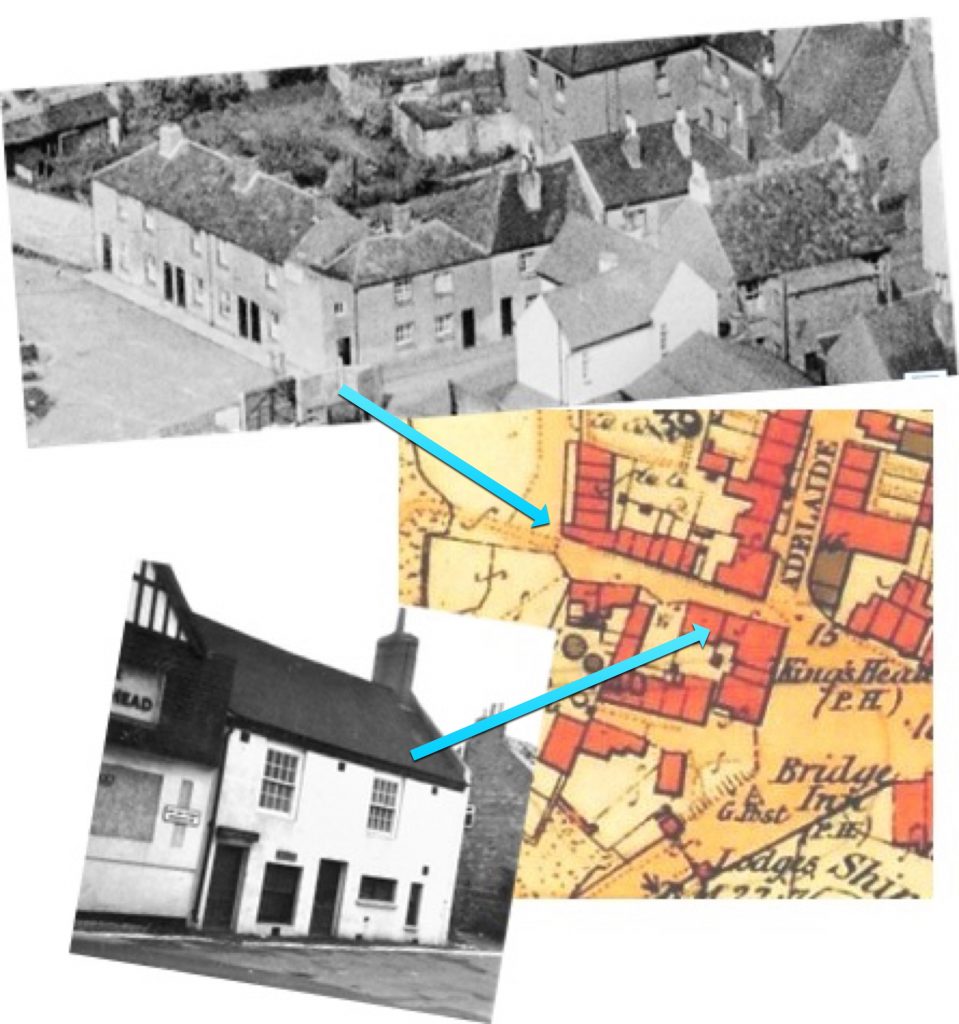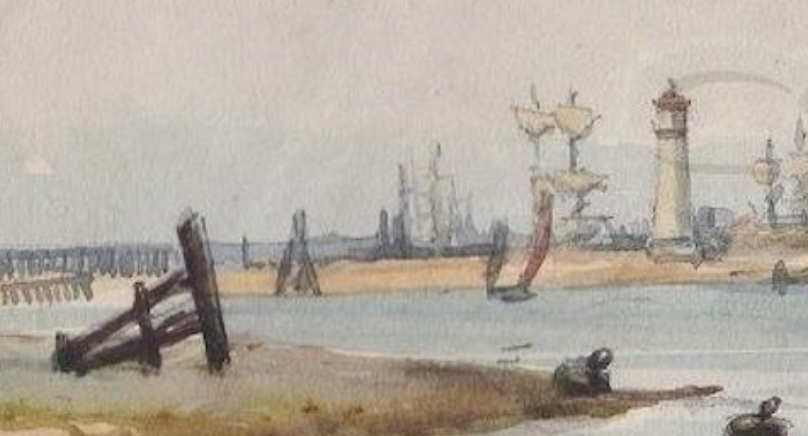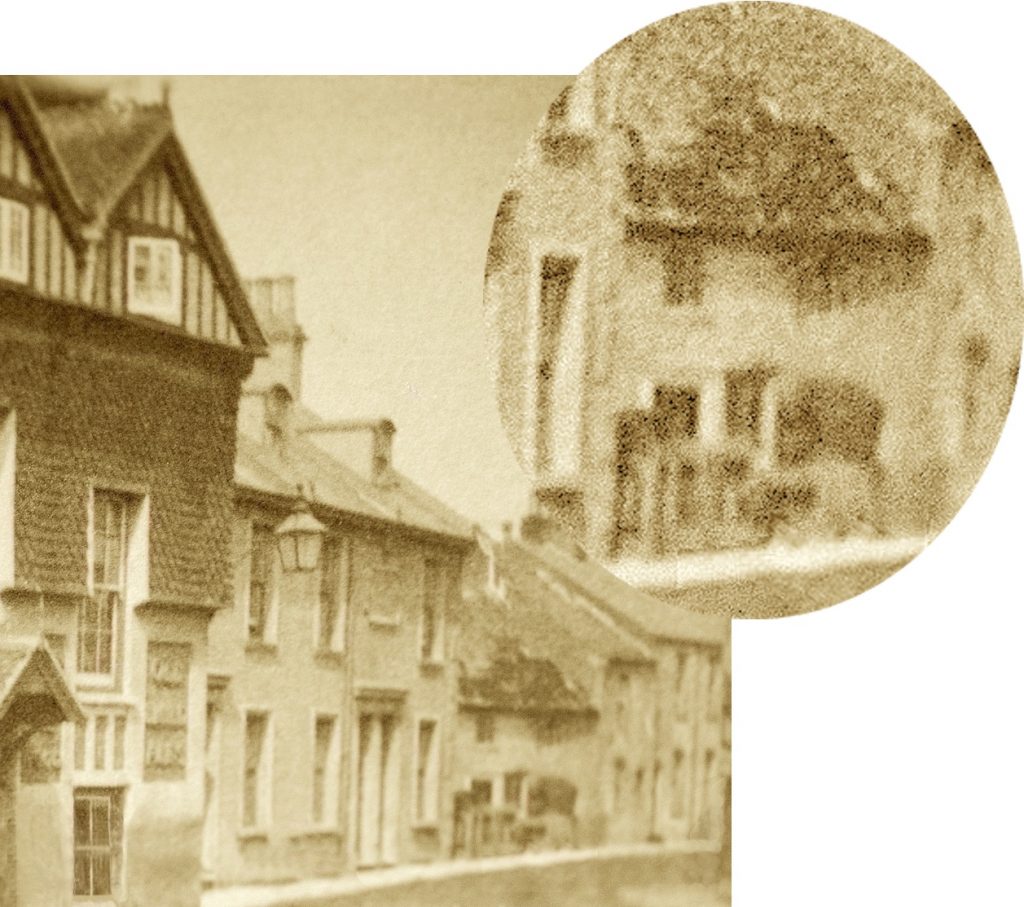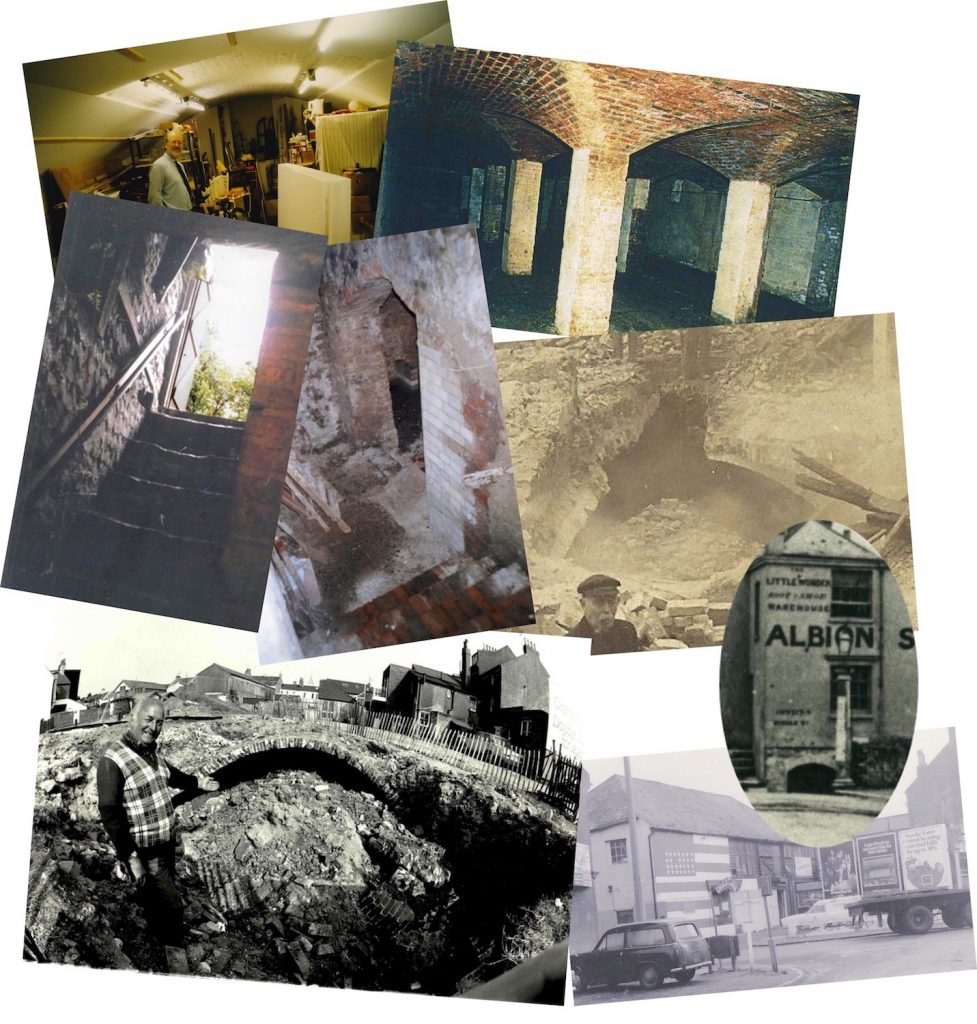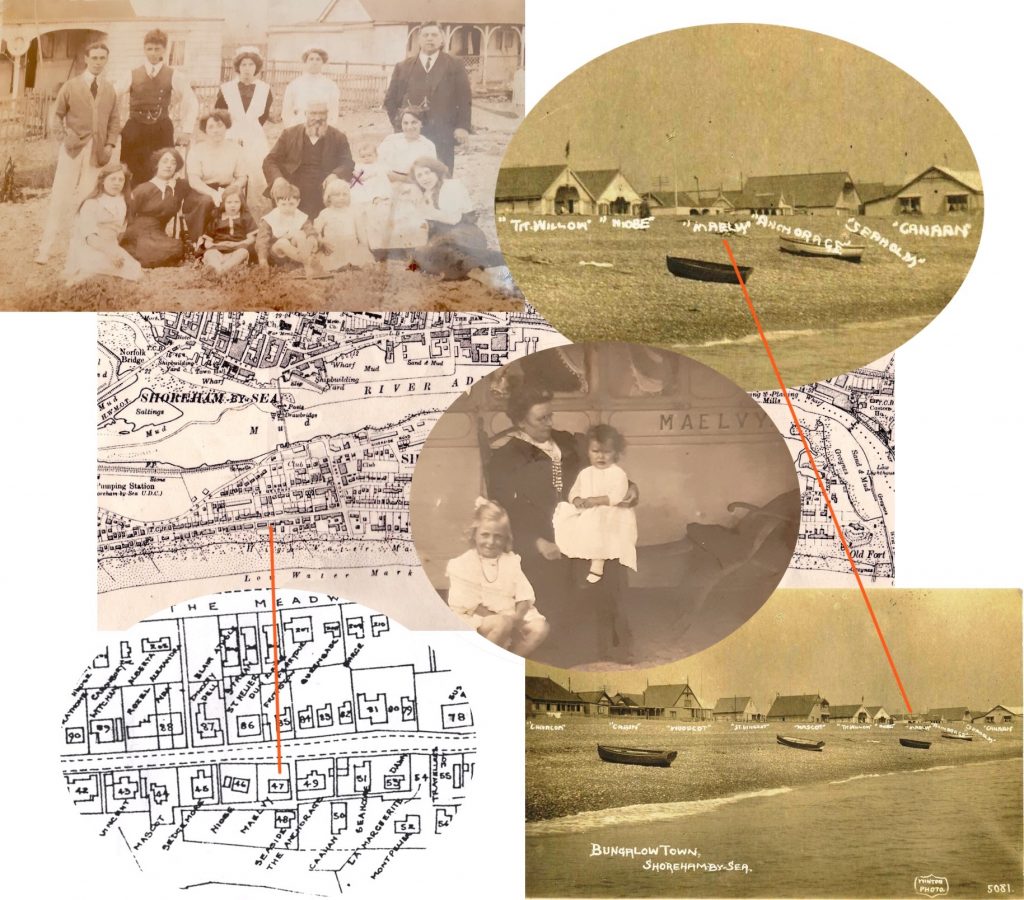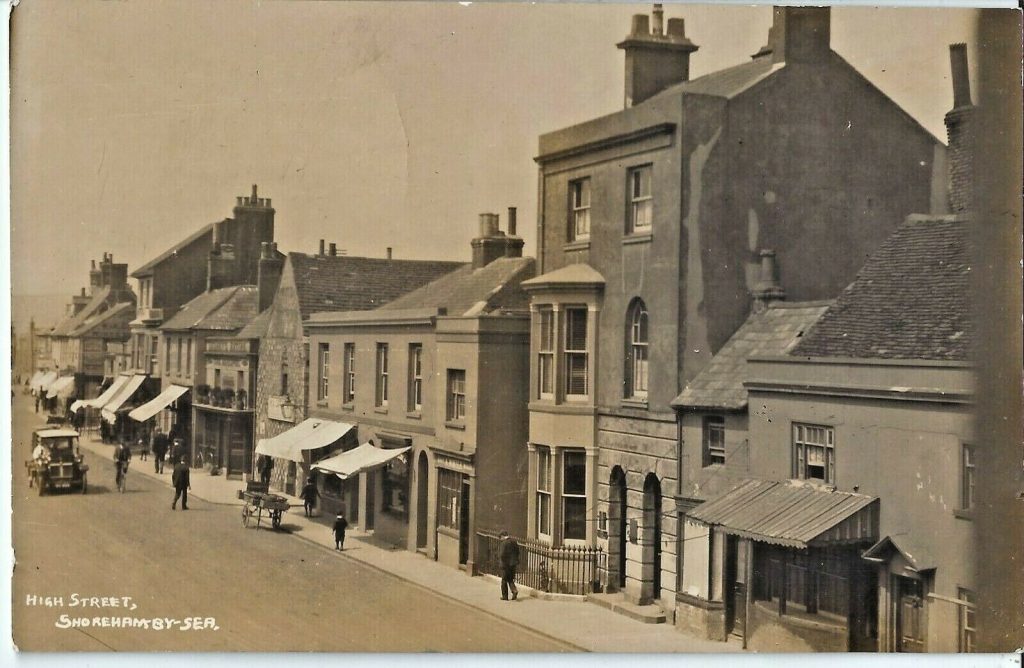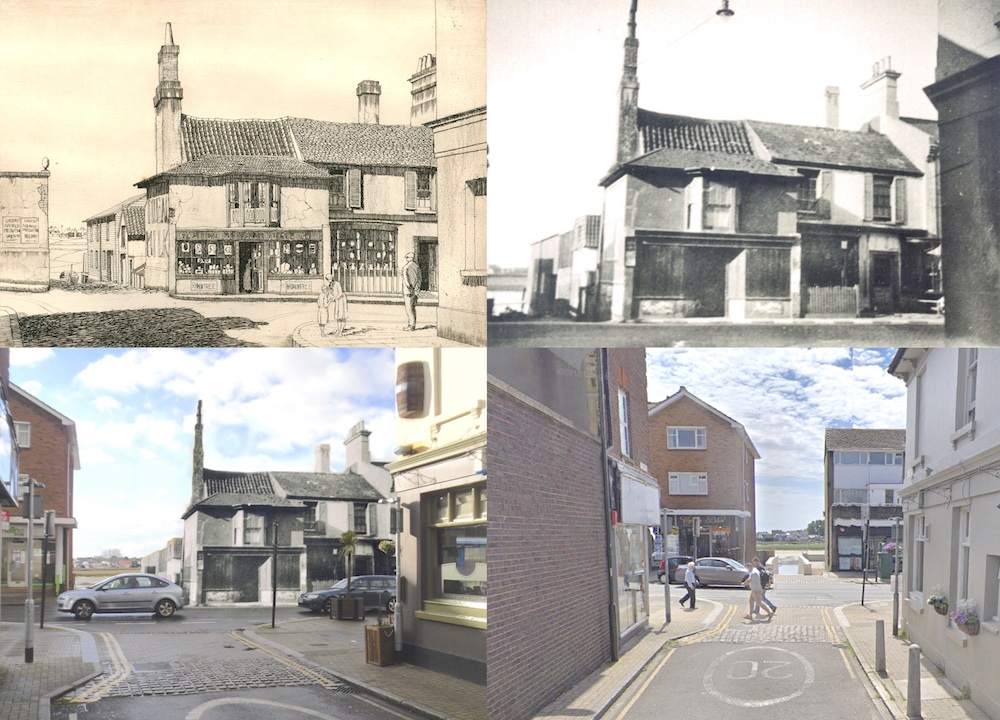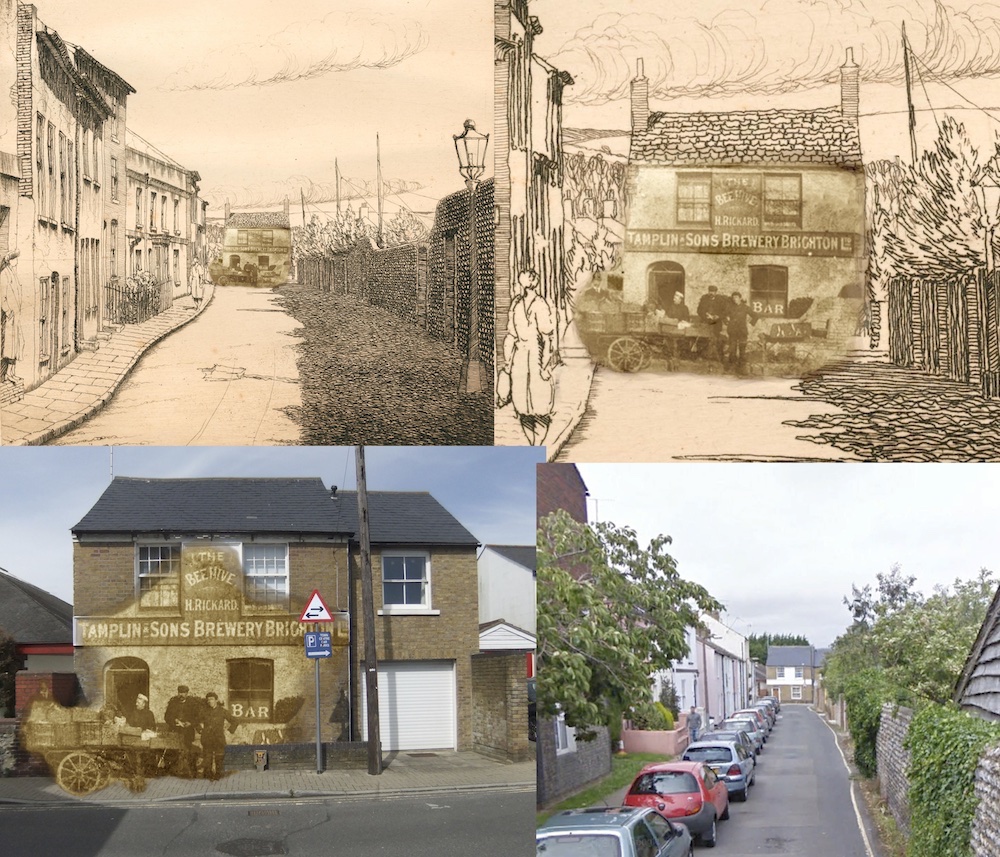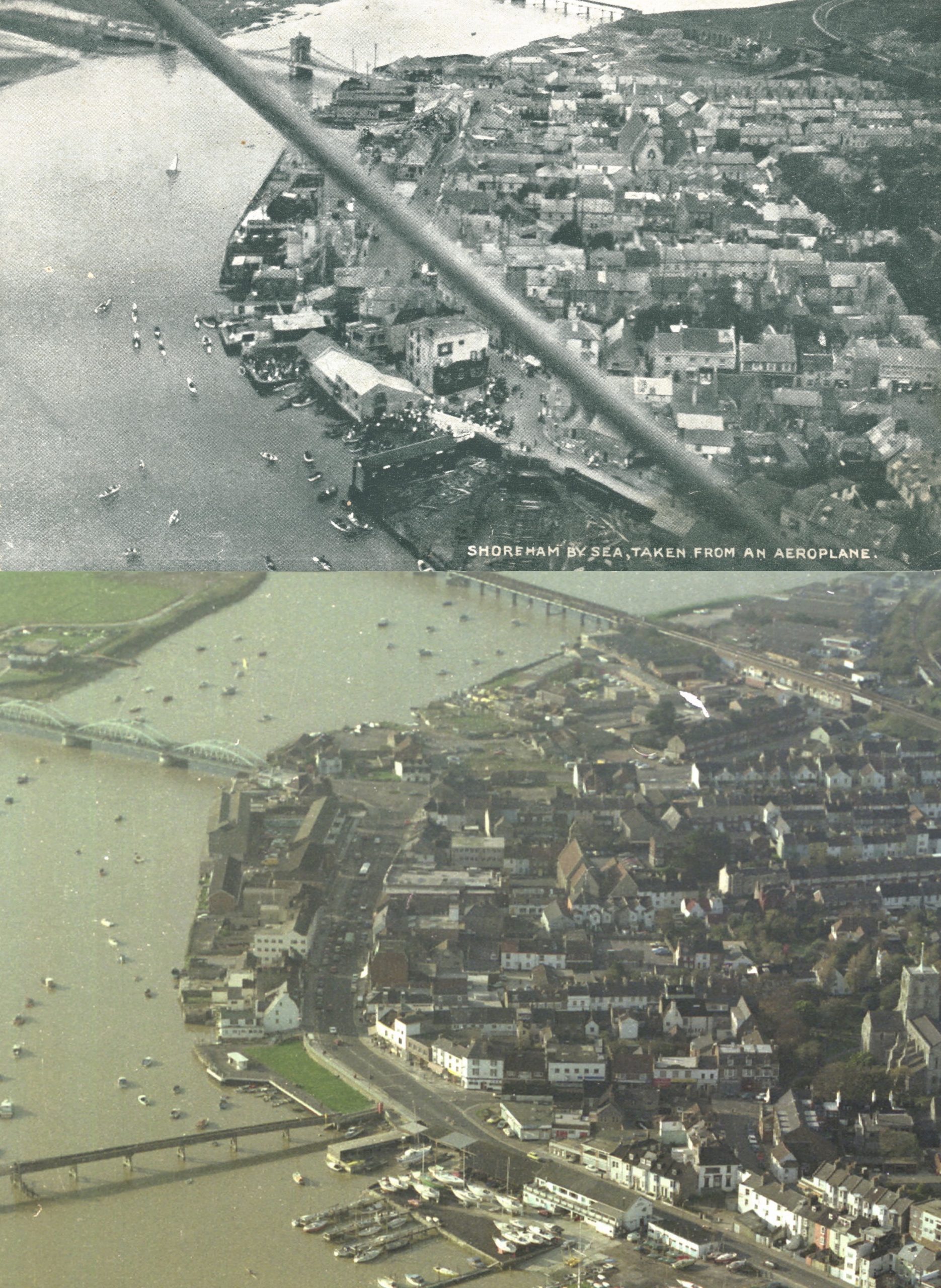Looking through the history of Ropetackle – what an eccentric place! As well as the ropemaking and shipbuilding past there were, in Victorian times, ancient buildings still standing, quaint sounding cottages, warehouses, a gas works and, spookily, a mortuary alongside an incinerator! In Little High Street there were houses with strange, shop-like windows and this mysterious looking architectural protrusion.
Is it what was left of a partly demolished house; was it built like that to fit into a small space or did it have a special purpose? The 1872 map also refelects its irregularity as part of the longer building to which it was attached. It all adds to a certain air of mystery and antiquity to the area.
